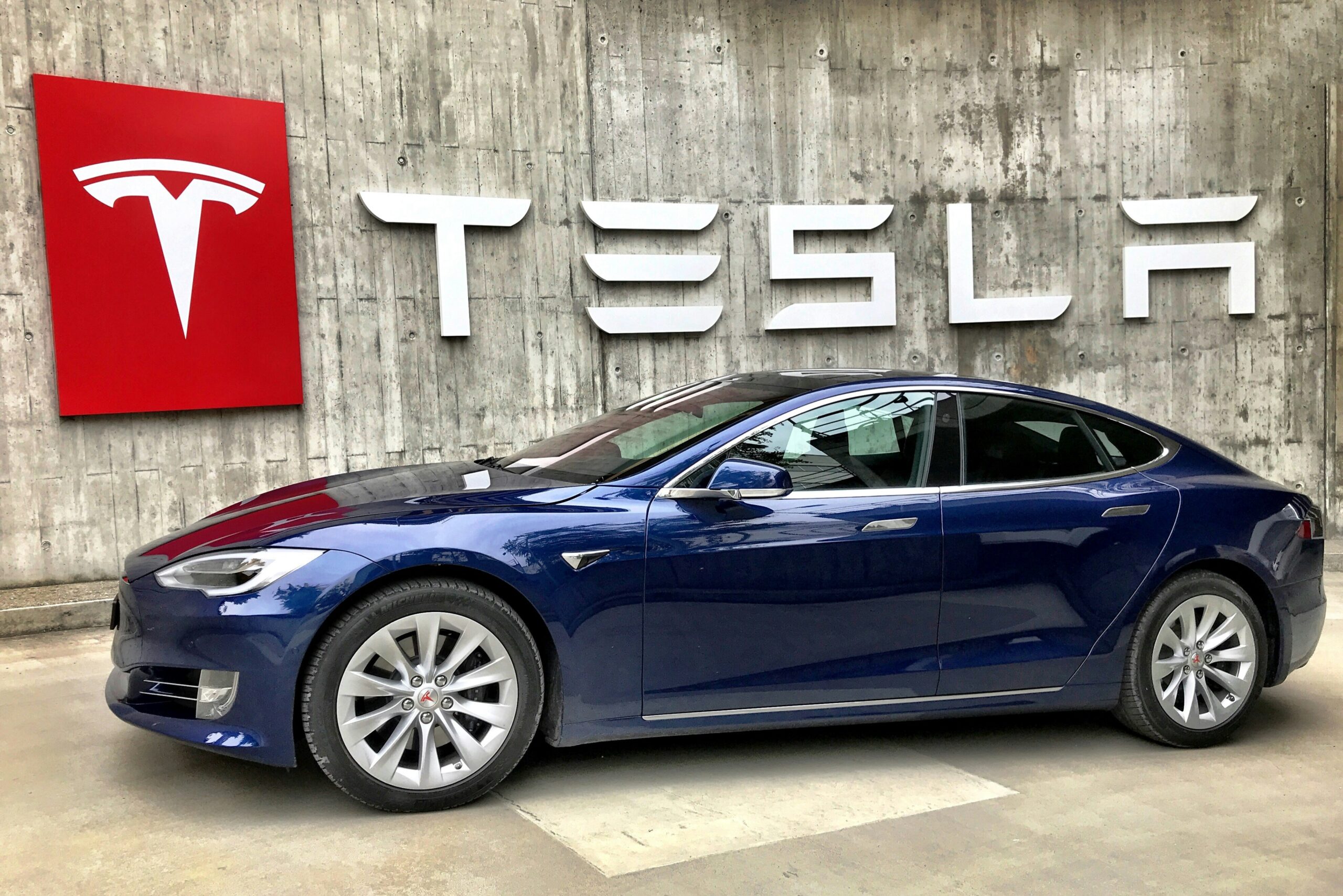Image credit: Unsplash
The stock market is full of high-risk, high-reward scenarios. For as self-assured and accurate as many analysts and professionals profess to be in precise predictions, there will ultimately always be surprises involved.
Whether for better or worse, unpredictability is a vital part of what makes the stock market tick, and it’s destined to remain part of the process for years. Even with the advent of Artificial Intelligence (AI) and how it has drastically altered numerous industries, AI’s most significant effect on the stock market is the unexpected value of AI-related shares. For example, shares of Nvidia (NASDAQ: NVDA) have more than tripled in just the last 12 months.
Indeed, past performance is not necessarily indicative of future results, but past gains don’t hinder future potential returns. Nvidia specializes in producing and selling AI chips, which have become highly popular, leading to this spurt in value and growth.
However, the company manages numerous other business ventures, generating explosive revenue. Continued investments in Nvidia stock could still help investors make progress on the path to future wealth.
Why Nvidia?
While the AI chips have been integral to the company’s worth, much of Nvidia’s recent revenue has come from companies gobbling up any available GPUs (graphics processing units) for the massive buildout of AI data centers. Nvidia’s fiscal 2024, which ended on Jan. 28, 2024, saw sales soar 126% to over $60 billion.
Besides that high concentration in just a handful of companies, the US dominated the construction of new data centers geographically. As of March 2024, it had nearly 5,400 data centers. Germany, the United Kingdom, and China followed with only about 500 each. India, the most populous country in the world, had just 152.
Nvidia CEO Jensen Huang has recently said that he wants to partner with India’s leading industrial and technology companies to “enable India to be at the center of this new industrial revolution” of using “data to create models generating and producing intelligence at scale for all kinds of different industries.”
Huang and Nvidia
In late October, Huang attended a fireside chat with India’s Mukesh Ambani, the billionaire businessman who runs the global conglomerate Reliance Industries. Ambani’s interests include energy, retail, telecommunications, and digital services. Huang expressed his desire to help transform India, with its population of nearly 1.5 billion, “into a center of not just [information technology], but a center of AI.”
Huang subsequently confirmed in the discussion that Nvidia has over 10,000 engineers in India, and he is considering manufacturing semiconductor chips there. He said that Nvidia and Reliance have already agreed to partner to build AI infrastructure in India.
It makes sense for Huang and Nvidia to focus on what could be one of the world’s largest artificial intelligence markets. India has an immense amount of data and a vast user population. Yet investors have mainly concentrated on Nvidia’s current GPU customers and perhaps overlooked India’s potential.
The Benefits of Investing in Nvidia
Investors who have held Nvidia stock have already had their portfolios supercharged with their returns. But those who don’t own it or would like a larger position should feel like it’s still possible to buy Nvidia.
One Wall Street analyst recently conveyed his belief in Nvidia’s continued potential. Harsh Kumar of Piper Sandler has the equivalent of a buy rating on the stock. In a recent report, according to CNBC, he wrote of Nvidia’s “dominant positioning in AI accelerators [and] launch of the Blackwell architecture…we see Nvidia well positioned to capture most of the incremental [total addressable market] increase while ceding only a small bit to its merchant chip competitors.”
While there is no such thing as a surefire bet in the stock market, you could do much worse than going in on Nvidia now. Its value has skyrocketed directly to the amount of AI chips and GPUs necessary for big companies to convert to AI tools. As AI implementation is poised to only spread in the coming year, Nvidia seems prepped for further growth.




























































































































































































































































































